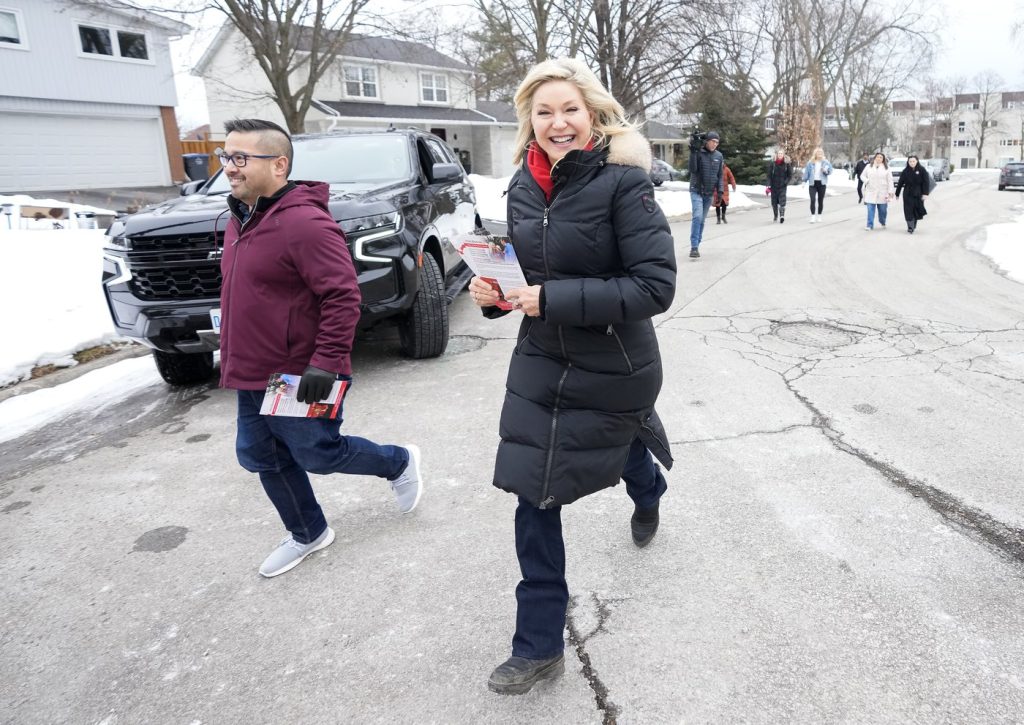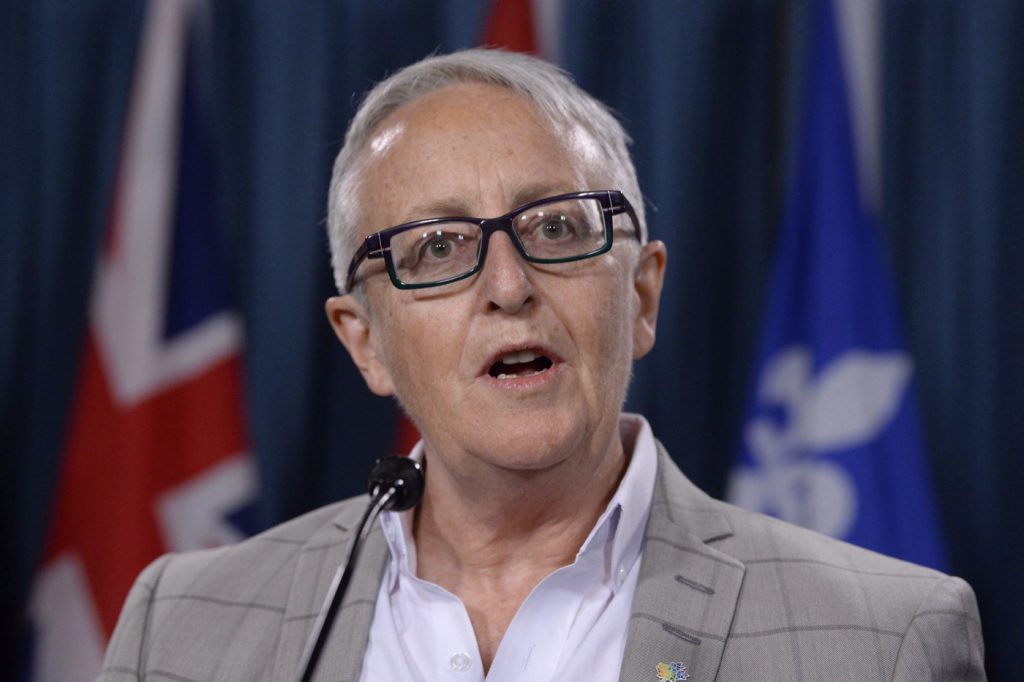Latest TTC service cuts and changes will mean longer Line 1 subway wait times
Posted April 6, 2023 7:46 pm.
Last Updated April 6, 2023 8:27 pm.
TTC staff will be unveiling schedule changes in the early part of May that will see cuts and boosts to various routes, but new Line 1 subway train frequencies will mean longer waits for commuters.
A TTC spokesperson confirmed new Line 1 (the Yonge-University-Spadina subway line) frequency standards will be part of a broader suite of changes rolled out.
Currently, trains are supposed to come every three minutes (that increases up to four minutes in midday and evening periods, and five minutes after 10 p.m.) on weekday morning and afternoon rush hours. However, under new frequency standards, trains could come up to every four minutes during rush hours, five to six minutes during midday and evening periods, and seven to eight minutes after 10 p.m.
On Saturdays, trains between 6 a.m. and 10 p.m. currently arrive every four to six minutes depending on the time of day (every seven minutes after 10 p.m.). The new standards would see most trains coming every seven to eight minutes depending on the time of day (10 a.m. to 7 p.m. will see a slightly better frequency with trains every five to six minutes).
For Sundays, the current standard is five to seven minutes and under the new schedule, it will be seven to eight minutes all through the service day. A change to holiday service will see trains rolling out at 6 a.m. on those days, an improvement from the current start time of 8 a.m.
Susanna Hermanns, a York University student, a commuter and a volunteer with the advocacy organization TTCriders, said another round of cuts after the ones announced in March leave her concerned.
“When I ride the subway, it’s crowded, often I spend equal time waiting for the train and the bus than I do sitting on the train or the bus,” she told CityNews outside Spadina station Thursday afternoon.
“It’s been a substantial change (since March). I noticed I could be waiting double the time for a bus or a train. Sometimes the times aren’t accurate, so I don’t know how long I’ll be waiting for a bus or a train.”
During the 2023 City of Toronto budget process earlier in the year, TTCriders volunteers filed a Freedom of Information request to try to understand service changes and cuts in May. They got back an early draft by TTC staff suggesting 14 more routes could be affected, including the 506 Carlton and 512 St. Clair streetcar lines.
RELATED: Service changes on almost 40 TTC routes set to take effect on March 26
TTC staff haven’t confirmed how much of the proposed changes contained in the draft document, if any of the recommendations, could still be happening.
“People will be late to work, late to school, less time with family,” Shelagh Pizey-Allen, the spokesperson for TTCriders, said when asked about any potential cuts, adding losing even a few minutes has ripple effects for commuters.
“The TTC doesn’t come like clockwork, so you could actually be waiting longer than the schedule says, and you could miss your connecting bus and waiting another 15, 30 minutes because of other cuts across the system, so this really adds up.”
The cuts enacted in March saw less frequent service on Lines 2 and 4 and service reductions on 30 bus and streetcar routes. Scarborough was among the communities harder hit. Despite those cuts, several other routes saw service boosts at the same time.
CityNews asked TTC staff for an on-camera interview to talk about what riders will see in May. A spokesperson wasn’t available, and a clear answer wasn’t provided on what services will be cut.
However, a statement sent to CityNews said a rejigging will happen in May at a smaller scale than the one seen in March, adding employment areas and overnight services on Finch Avenue, Jane Street, and Wilson Avenue will see a boost along with certain other routes.
TTC spokesperson Stuart Green said all upcoming changes will be announced later in April.
“All changes are designed to match capacity to demand and put the most service out at times and areas that it is most needed. All changes are also within the TTC’s established service standards. What TTCriders has is an early draft that has already been revised since the version they have and is still not finalized,” he said.
“We will monitor routes in real-time and deploy unscheduled service when we observe gaps or overcrowding.”
Meanwhile, back outside Spadina station, there are hopes the current Toronto mayoral by-election will bring new commitments to fix transit.
“The TTC is already unreliable, so it’s the wrong time to be making deeper cuts. We need to invest more in the TTC to reverse cuts, add service, make it more reliable and more affordable to win back riders,” Pizey-Allen said.
“If we don’t (invest in transit), we won’t meet our climate goals. There’s no room on the roads to be taking more vehicles.”
I tried to get further info on what's coming in May. We weren't able to get an on-camera interview or answers on all the upcoming changes, but I received this table in an email. A spokesperson noted certain other routes are going to see boosts as service adjusts to demand. pic.twitter.com/c73IMQIOEi
— Nick Westoll (@NWestoll) April 7, 2023








